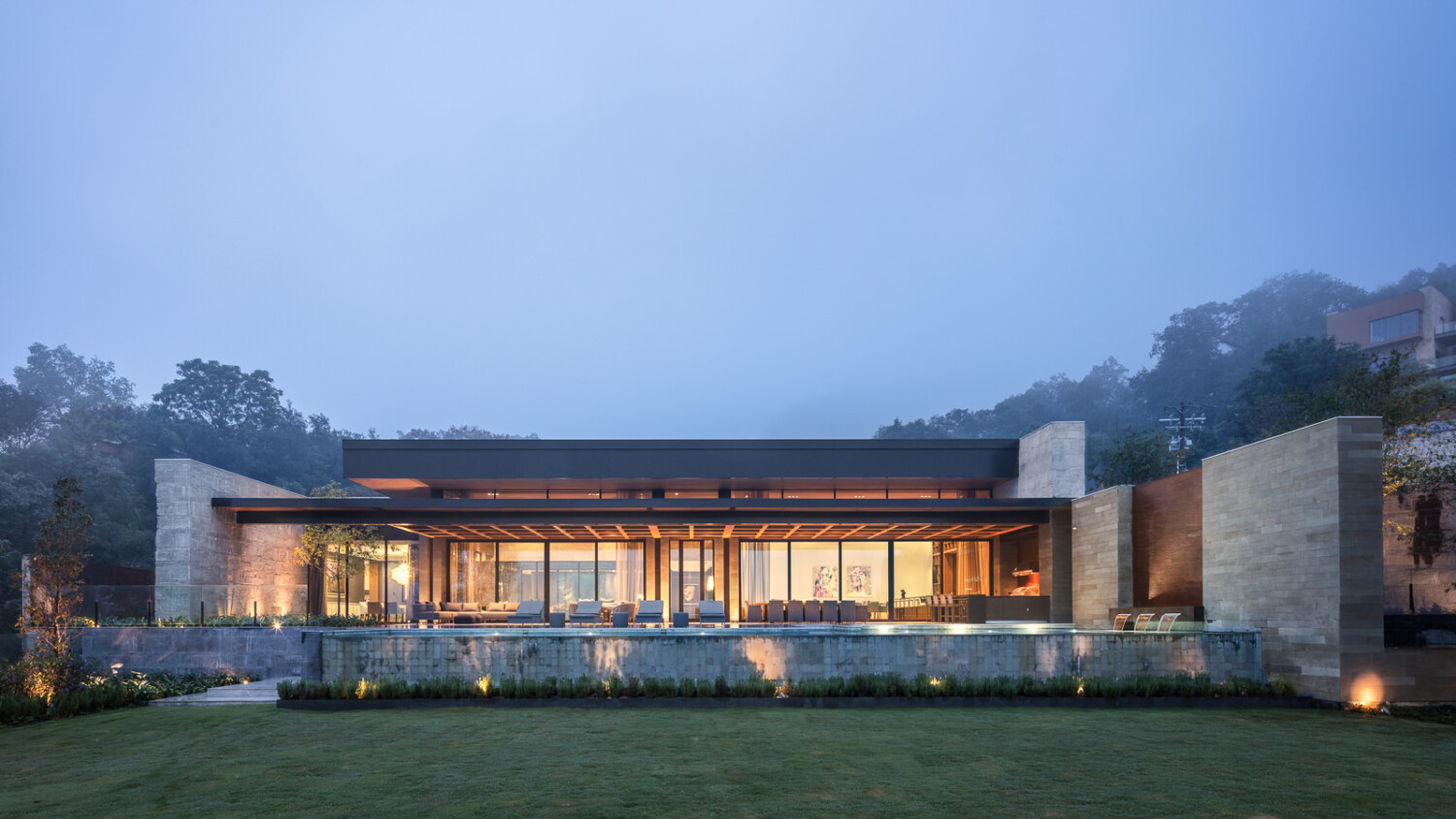Shooting in “Bad” Weather Results in Great Pictures, so Don’t Be Afraid of It
Every single photographer has rescheduled a shoot due to weather – that’s just a universal truth in this profession. But I don’t think you should reschedule when bad weather is predicted – I think you should embrace it and accept whatever comes your way to create more interesting photographs.
I know, I know – the client wants perfect blue skies, the pastel-saturated Disney colors, bright whites, blooming flowers, and healthy lawns. But you know what? Literally everyone wants that literally all the time. It’s not interesting anymore! The real world doesn’t operate that way. Instead, consider pushing ahead with shoots in the rain, shoots in the clouds, and shoots in great weather. Just shoot it all whenever you happen to be there and roll with the punches.

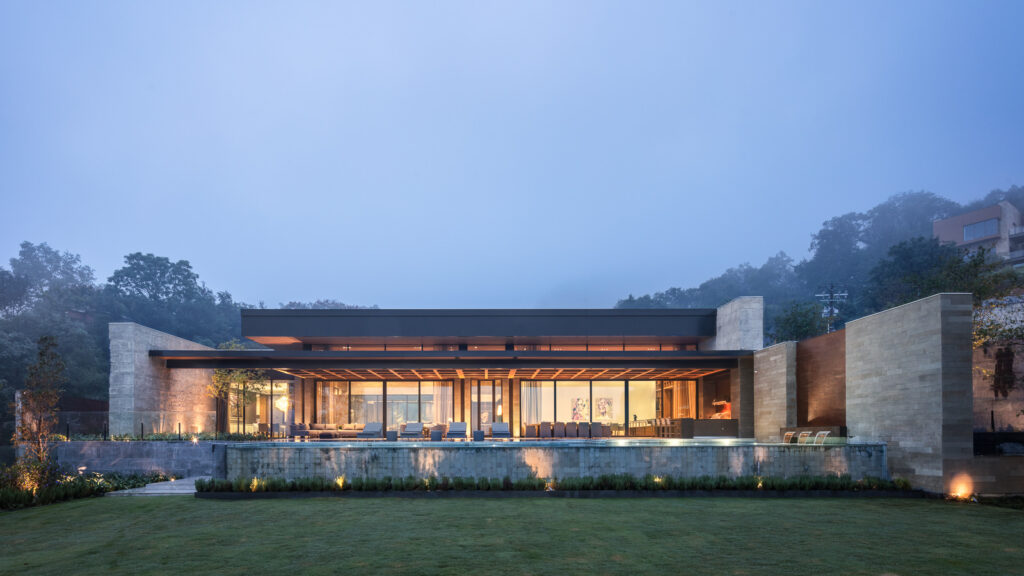
I’ve always been a proponent of mood in photographs. Of course you can get that in sun – bright and happy is one type of mood. Everyone likes it. It’s easy to shoot in the sun. It’s also easy to just reschedule to a sunny day without even trying to shoot in bad weather. Shooting in crap weather is often far more difficult in many scenarios, but when the results are good, things can be far more rewarding. It’s often high-risk, high-reward photography. And the rewards can be oh-so-freakin’-sweet.
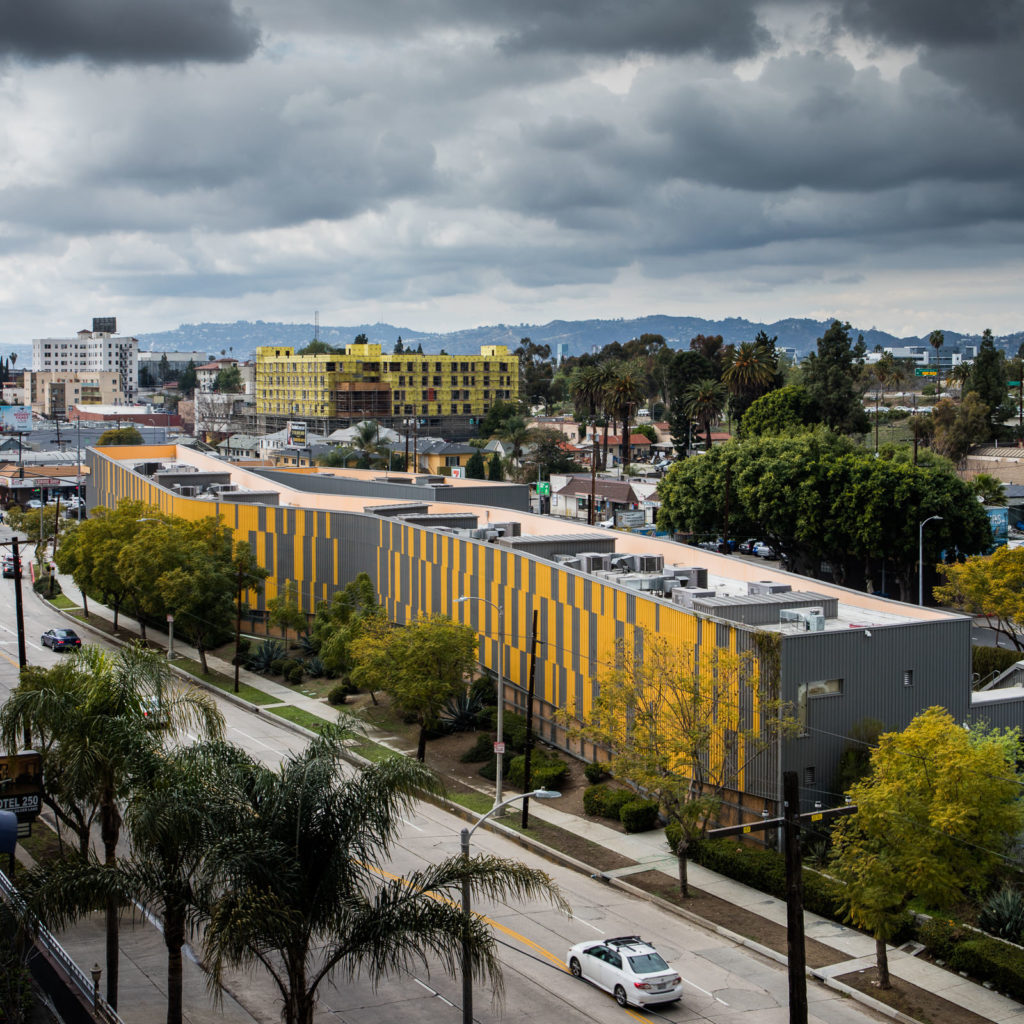
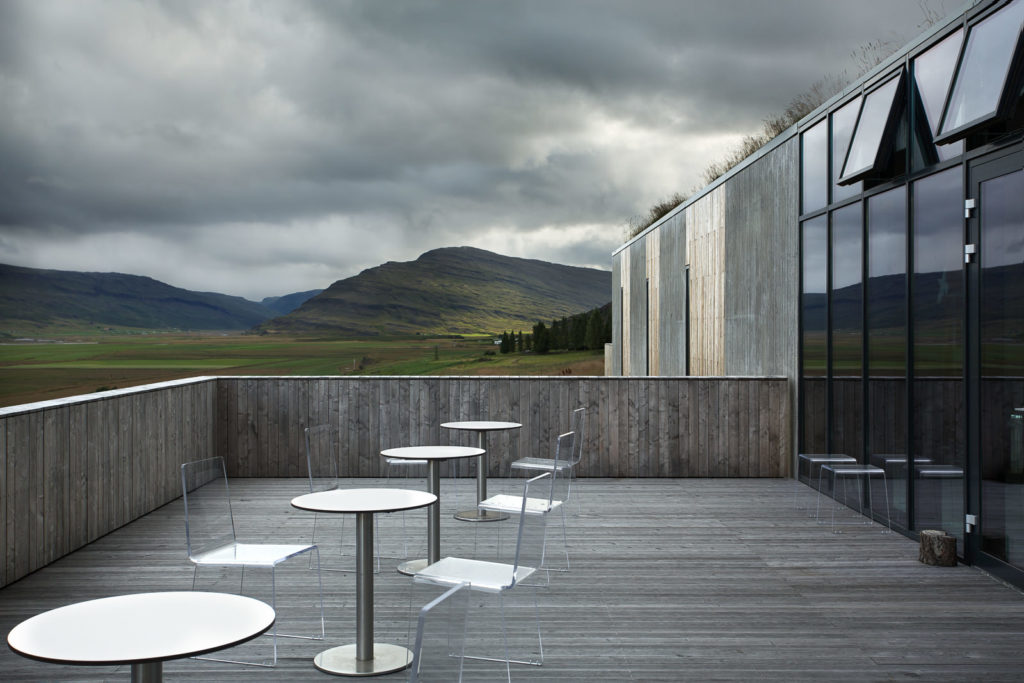
The real world comes with all sorts of weather conditions, and we would be doing a disservice to architecture to only shoot in perfect conditions. The real world and all of its weather is messy and beautiful, and brings with it a full range of moods and emotions. From quiet and contemplative, to fun and lively, to meditiative and dark, it’s all there. The more I do this, the more I believe that not only do we need to communicate those things in our work, but that we’re actually holding ourselves back by only shooting in perfect conditions. You grow as an artist by pushing yourself to make something great when the odds are stacked against you, so I welcome the challenge of bad weather at this point.
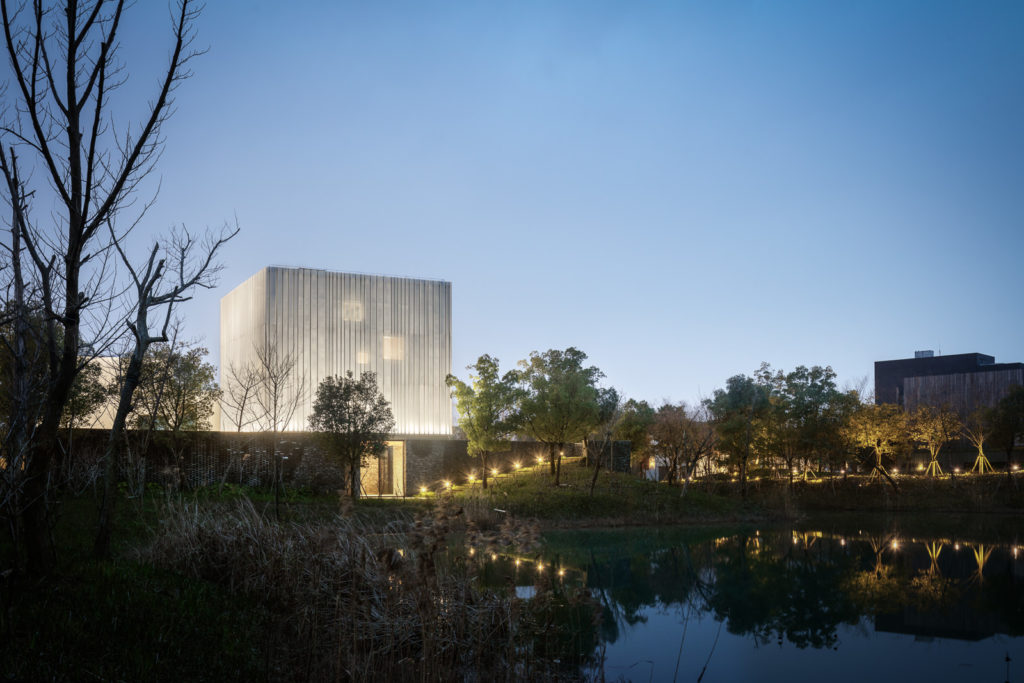
Shooting regularly in “bad” weather also rounds out our portfolios very nicely, as it shows that we can create photographs in more than just one weather condition. A portfolio full of a variety of buildings in a variety of weather conditions shows that you have an expansive skillset and can tackle assignments in more than just one setting. You’re a swiss army knife, not a hammer. You know how to navigate tricky situations and make the best of it.
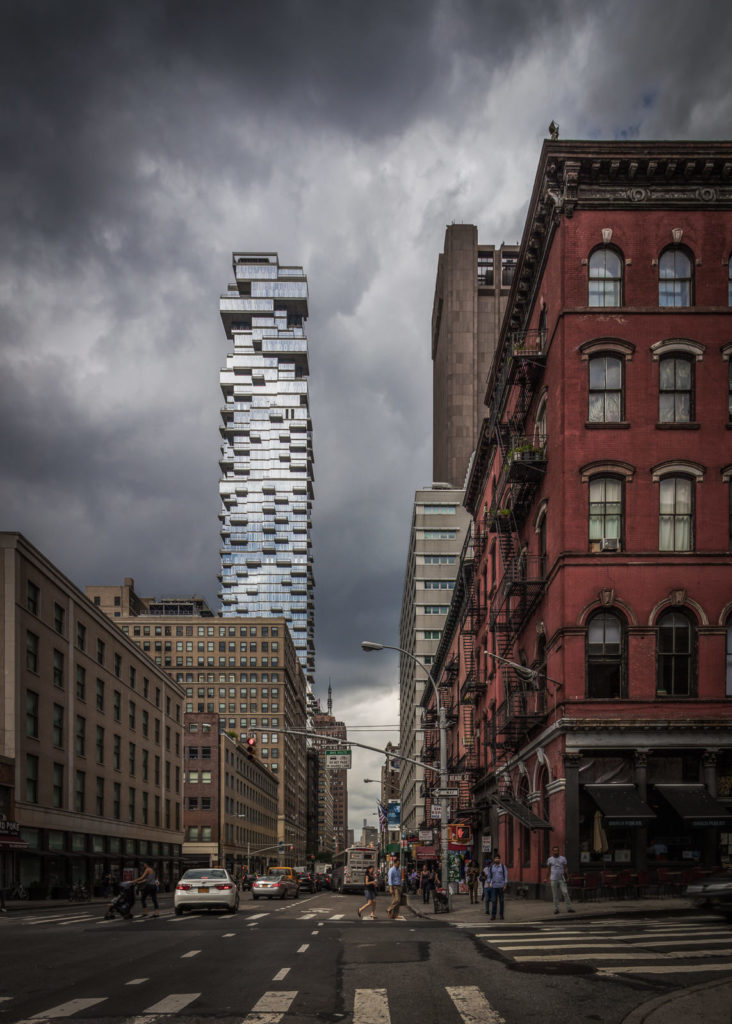
Shooting interiors in overcast weather can be a total joy. Rather than have to tame harsh shadows and bright sunshine, the space will be filled with beautiful soft light that washes over your subject and fills in shadows without much effort. You can get away shooting without using any light at all on most overcast days, and post production is much easier because the dynamic range of the scene stays more consistent due to your light sources turning into giant natural softboxes.
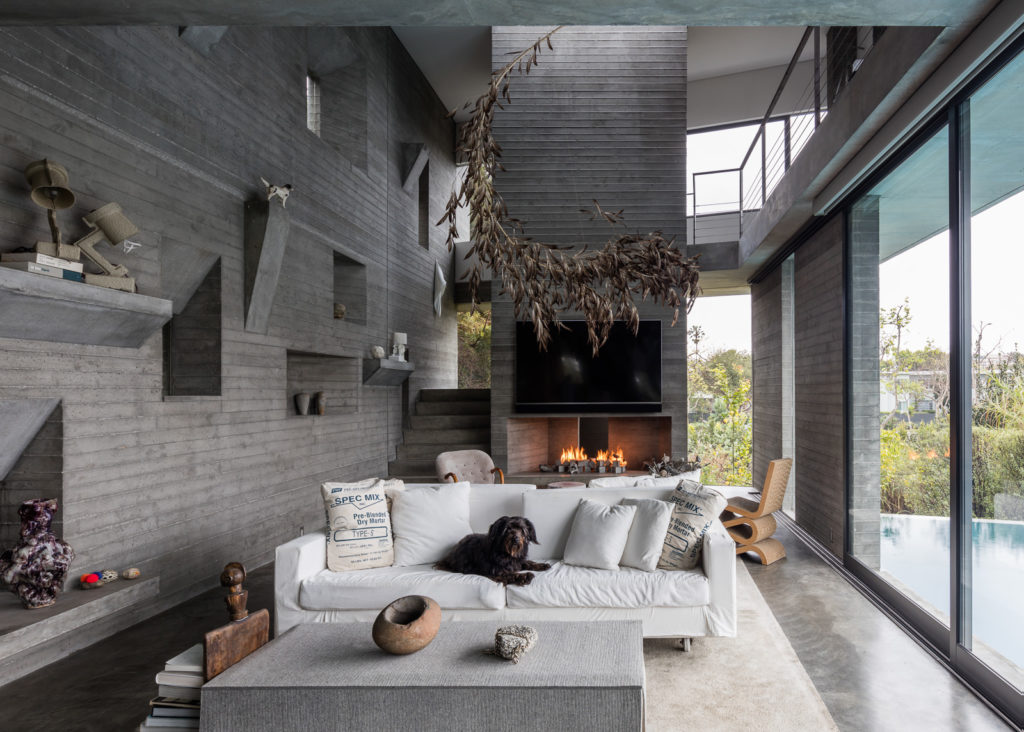
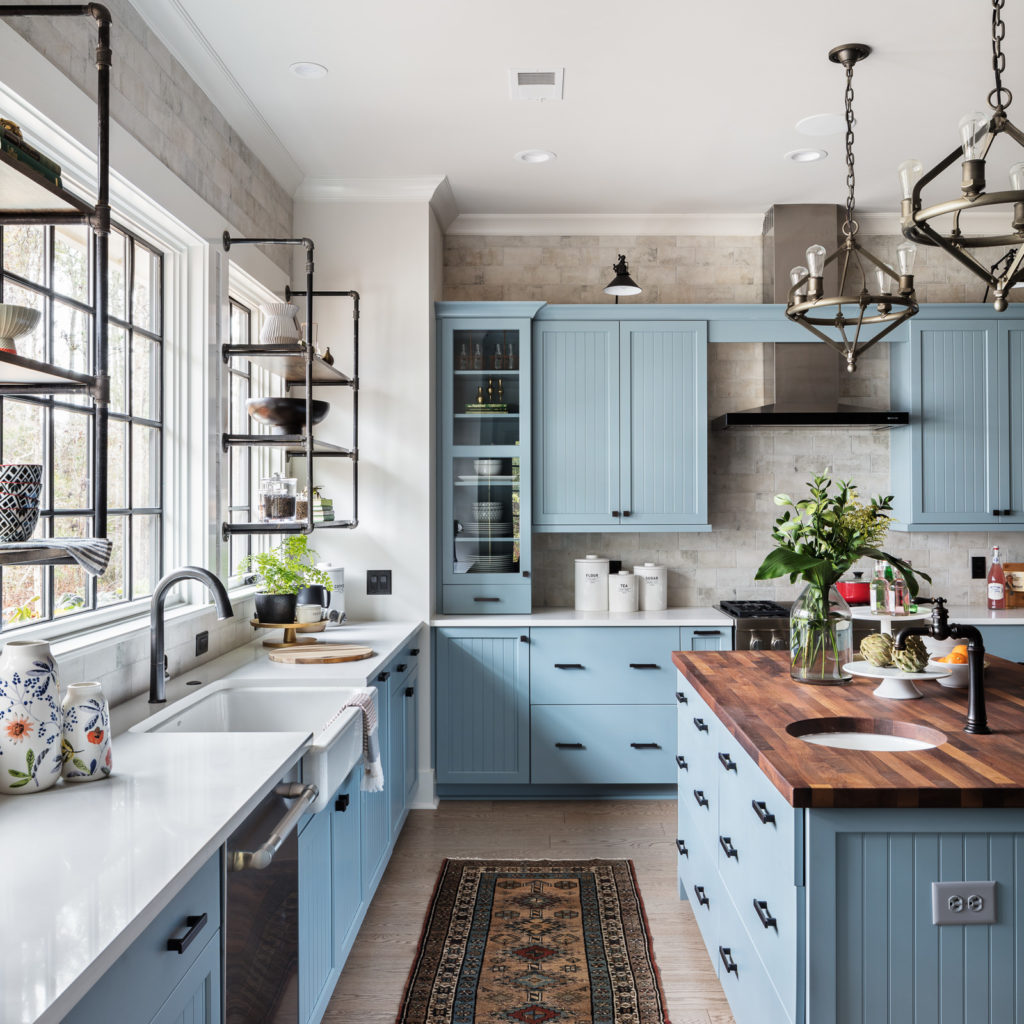
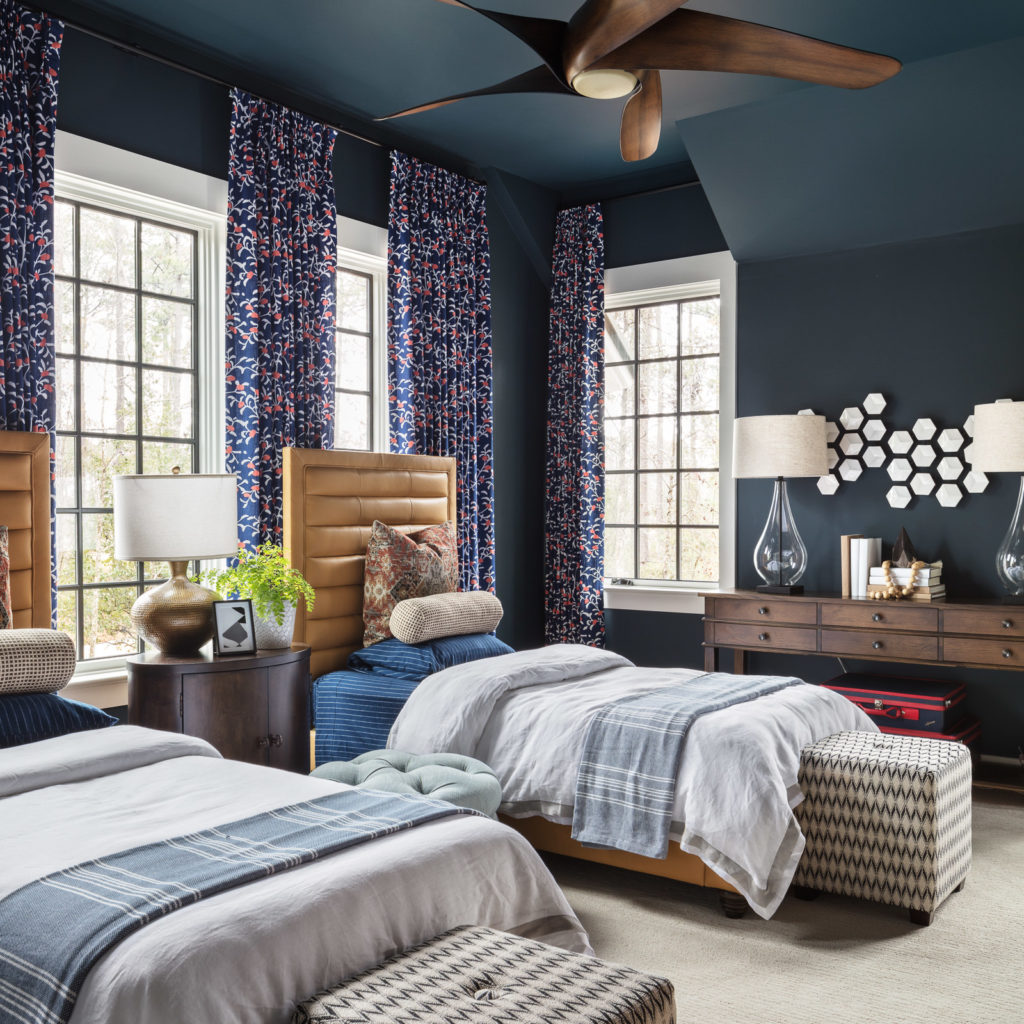
Also consider that you can use weather to amplify the design intent of the project. Perhaps the designer has envisioned a quiet, meditative space and a photo set in light snowfall or fog would tell that story better than one in broad daylight. By choosing to shoot in “bad” weather, we actually do a better job of communicating the intent of the design, which in turn makes for a photo that communicates the feeling of the space.
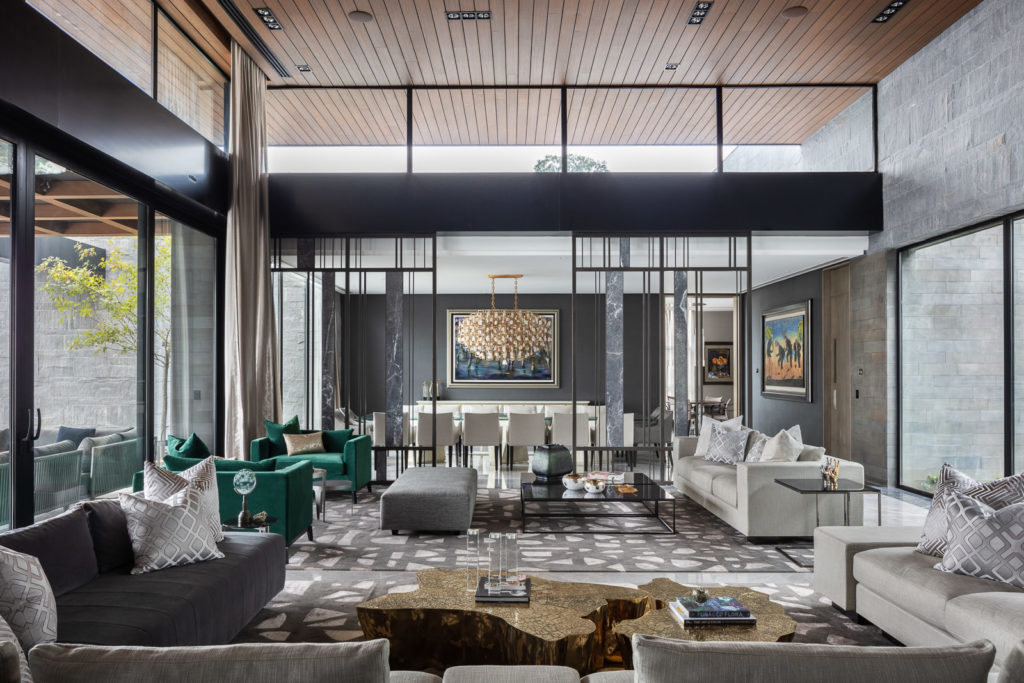
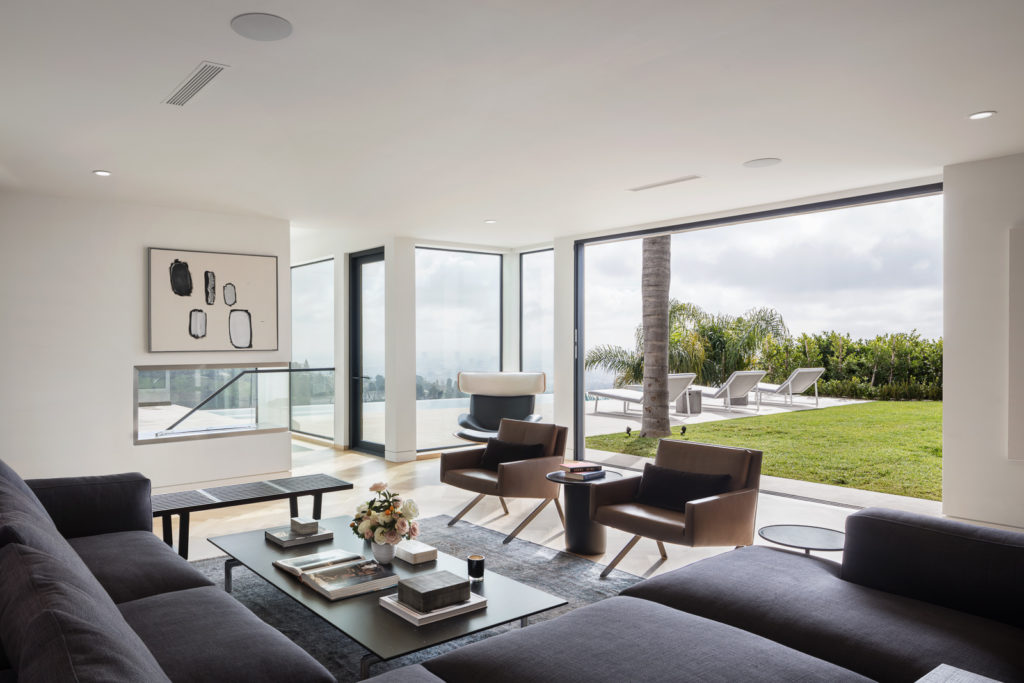
While not every type of photograph is going to win in bad weather (Caribbean beach resorts for one might not be the best place to dabble in overcast photography), there are plenty of times where things actually work out better with a little bit of mystery. One of my favorite times to photograph is when bad weather is just arriving or departing – exactly when logic tells us we shouldn’t be out making photographs. But it’s those dramatic storm fronts and misty departing cloud formations that often give the most impressive results thanks to their ethereal quality of light and mild precipitation.
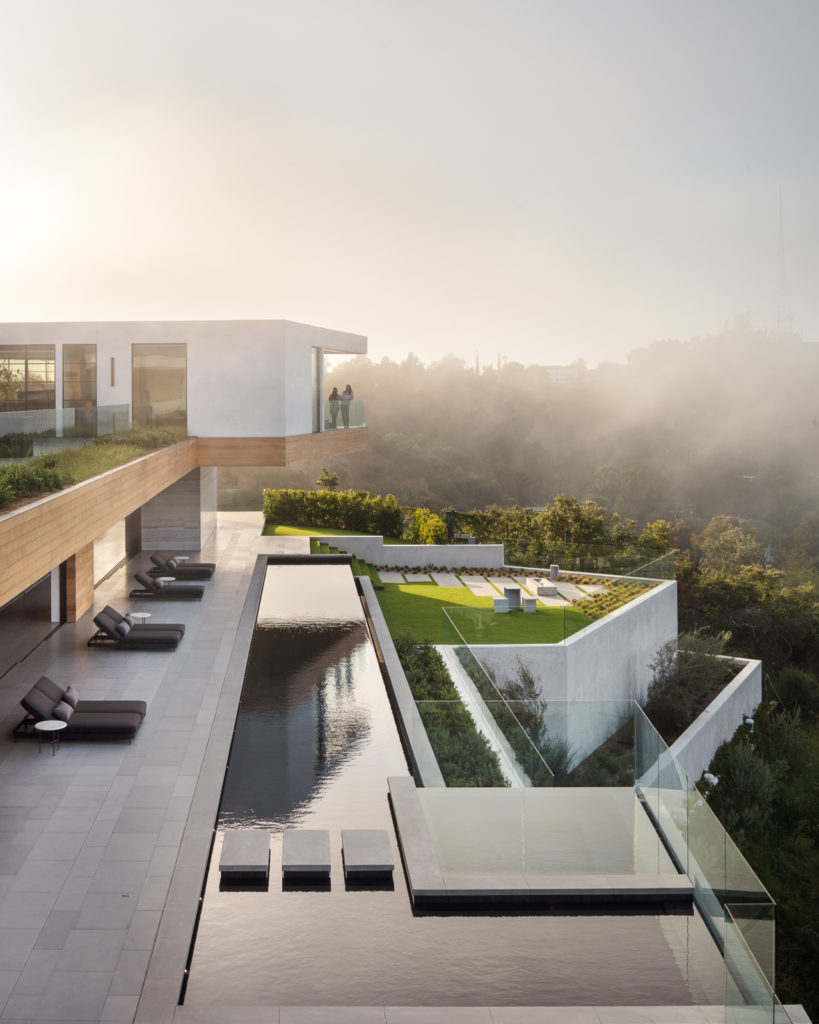
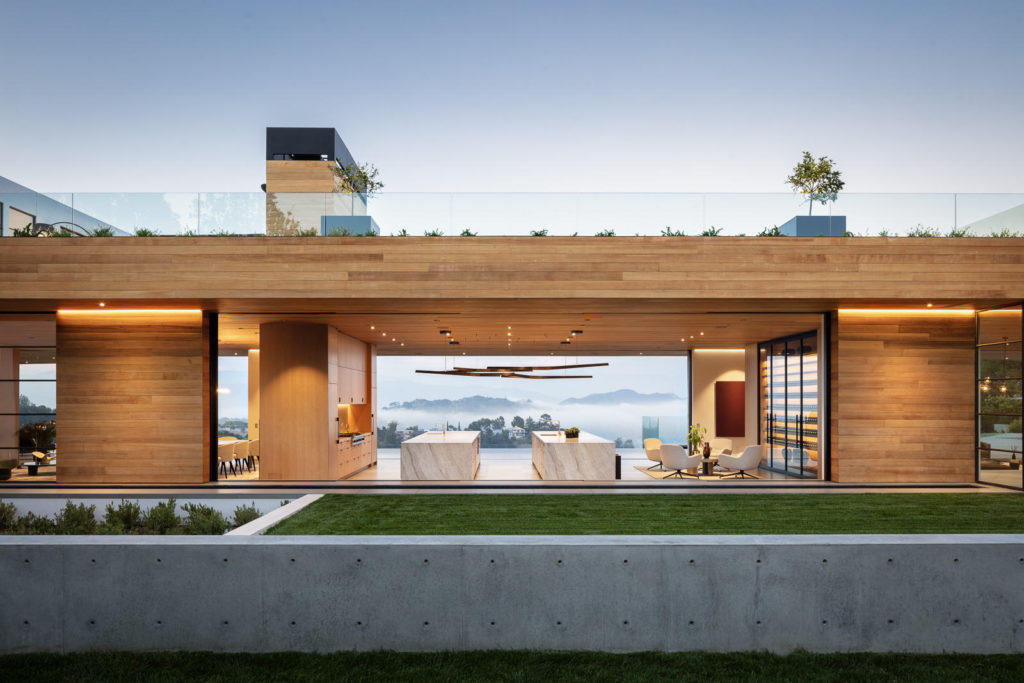

As I said, I consider photographing in bad weather carries a high risk but the payoff can be huge – legitimately unique images that stick with the viewer. While the daytime exterior shots might not sing a-la Sound of Music, the chance of getting an epic sunrise or sunset is usually much higher when you’ve got some weather. Your interiors are going to look incredible and you’ll walk away with a set of images that doesn’t look exactly the same as every other architectural photographer who didn’t have the guts to push on in the face of weather adversity. Fortune favors the brave, so take a shot on shooting in bad weather – I guarantee outcome will be worth it if you stick with it.
